Need help identifying two plants in my garden
soufflesaffronia
5 years ago
Featured Answer
Comments (7)
Related Discussions
I need help with identifying these two plants.
Comments (2)Tetrapanax papyriferus Here is a link that might be useful: Rice-paper Plant...See MorePlease help me identify this plant I planted in my garden!
Comments (2)I was going to say the same thing but waited. If it is something that you have planted in rows, 18" apart, then its got to be some garden veggies not morning glories. So, as Fatamorgana has suggested, it might be sweet potatoes. I have not seen anything other than morning glories with three-lobed leaves. Never planted sweet potatoe. Passiflora Incarnata has similar leaf shape, but I doubt that you planted that one....See MorePlease help me identify this plant I planted in my garden!
Comments (2)Your plant, one of my favorites) is Bush Ivy (Fatshedera lizei). It is important to understand how it grows to use it correctly. Unlike other ivies, it does not have little roots that cling. It must be supported (espalied) on a wall, fence or pergola. As it matures in your zone it will send out branches that could be 12' long and it becomes very heavy so needs a strong support. It can be pruned back and controlled any time of the year. I have grown it on a fence using tiers of grape wire supended through screw eyes and the branches afixed to the wire with single wrap velcro. Also, the entrance to my garden in a former home was a strong arch with Bush Ivy secured to it. In the late winter you will note quite a bit of yellowing and dropping leaves. Normal situation not to worry about. Hopefully you can find a growing situation for this plant. It is a beauty....See MoreI need help to identify these two plants ! Please !
Comments (1)The first appears to be Norfolk Island pine, Araucaria heterophylla. Can't see the second clearly enough to identify but could be some sort of palm. Many palms could provide a similar appearance if you can't get closer to a real ID....See MoreJay 6a Chicago
5 years agolast modified: 5 years agoHighColdDesert
5 years agogardengal48 (PNW Z8/9)
5 years agolast modified: 5 years agosoufflesaffronia thanked gardengal48 (PNW Z8/9)soufflesaffronia
5 years ago
Related Stories
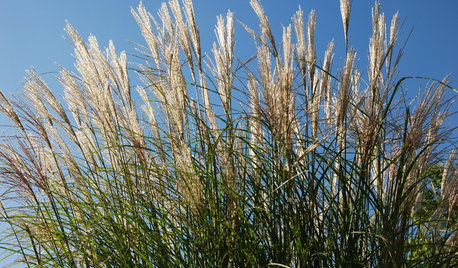
LIFEConsider Avoiding These Plants to Help Keep Your Garden Fire-Safe
Plants that accumulate dead material, are high in oil or have low moisture content in leaves put some homes at risk
Full Story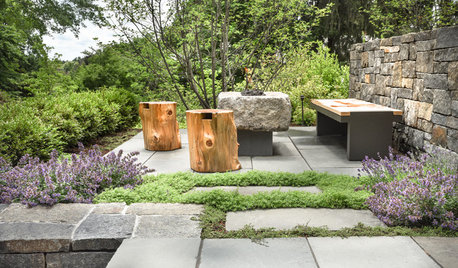
LANDSCAPE DESIGNNative Plants Help You Find Your Garden Style
Imagine the garden of your dreams designed with plants indigenous to your region
Full Story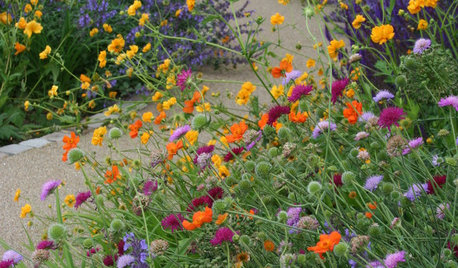
PLANTING IDEAS3 Color Palettes to Help Set Your Garden’s Mood
Select plants in these color combinations to create an outdoor space that’s cheerful, energizing or calming
Full Story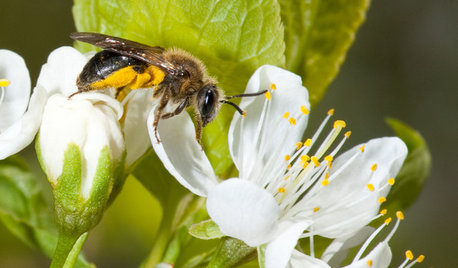
GARDENING GUIDESInvite Mining Bees to Your Garden by Planting Their Favorite Plants
Look for mining bees (Andrena) pollinating woodland wildflowers in U.S. gardens this spring
Full Story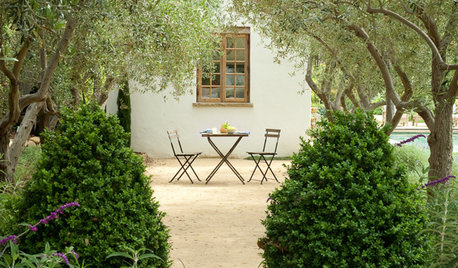
LANDSCAPE DESIGNStep Up Your Garden’s Design With Planted Geometry
Add structure, highlight forms and direct the eye with plantings in blocks, bands, cones and spheres
Full Story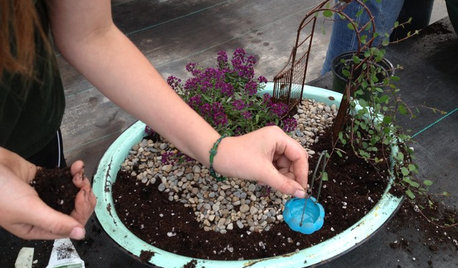
GARDENING GUIDESGardening Fun: Plant a Fairy Garden
It’s hard not to be captivated by the charm of a miniature garden in a pot. Here’s how to make one of your own
Full Story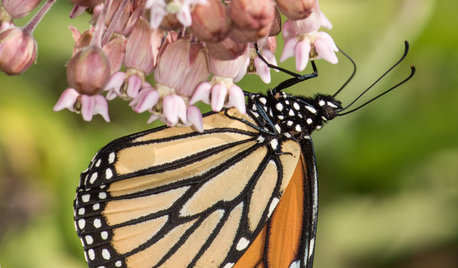
FLOWERS AND PLANTSHelp Monarchs and Other Butterflies by Planting Common Milkweed
Summer-blooming Asclepias syriaca is an important larval host plant for the monarch butterfly and attracts a number of pollinating insects
Full Story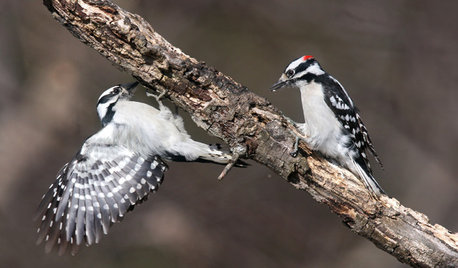
GARDENING FOR BIRDSBackyard Birds: How to Identify Two Common Woodpeckers
Downy and hairy woodpeckers have similar coloration and behavior. But there are two big differences that separate them
Full Story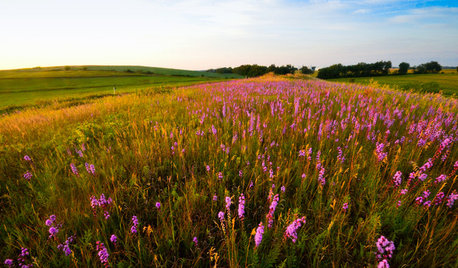
GARDENING GUIDESHelp Fuel the Monarch Migration With These 6 Prairie Plants
Try these nectar-rich beauties and help autumn monarchs
Full Story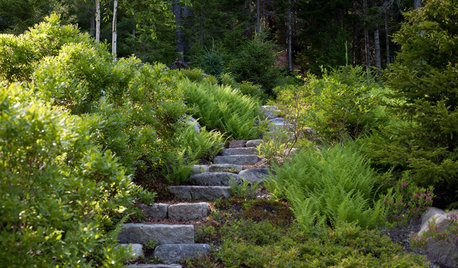
GARDENING GUIDES6 Questions That Will Help You Pick the Best Plants for Your Site
Before you head to the nursery, learn more about your outdoor space
Full Story



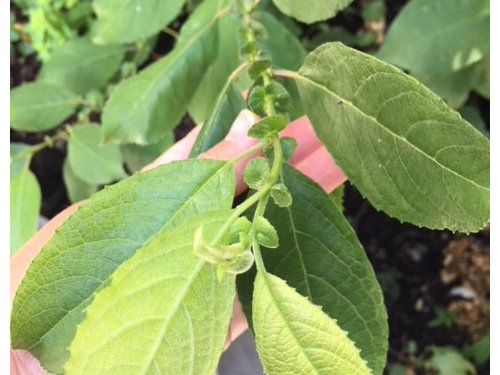

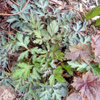

Embothrium